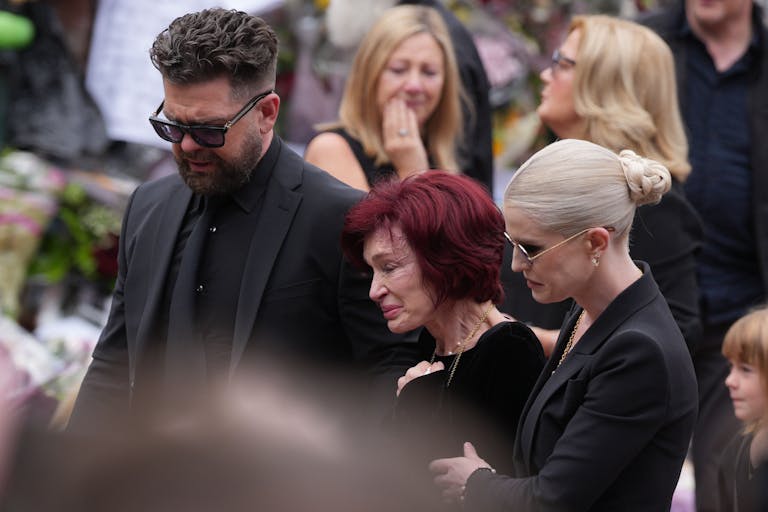
Sharon Osbourne says her kids and grandkids are 'the reason' she's still alive
Cassy Cooke
·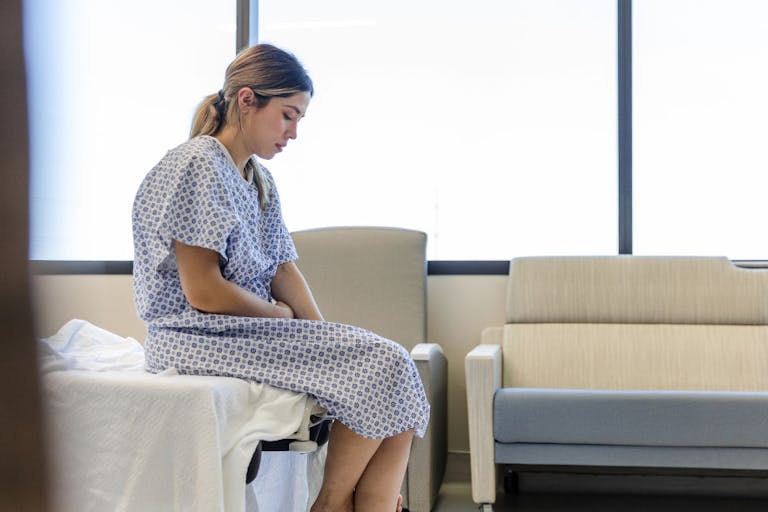
The disturbing reality of egg donation is being exposed
A new book is taking aim at the fertility industry for preying on women, lying to them about the risks of egg donation, and even practicing eugenics. Medical anthropologist Diane Tober spoke to Newsweek about her research into egg donation, and the disturbing information she found.
“Little information”
“When I first started conducting research with egg donors, about 10 years ago, I was shocked by how little information most donors had about potential risks and benefits,” she said. “I was also stunned to hear from so many of them who had had some pretty awful unanticipated side effects.”
Tober said women were frequently told that the risks associated with egg donation were less than 1% possible. In actuality, the risks are serious, and much higher. “In fact, the few articles that had been published found that immediate complications, for example, for a common side effect known as ovarian hyperstimulation syndrome (OHSS), was much higher – somewhere between 5 to 13 percent, depending upon the article,” Tober said. “I also discovered that there had been no longitudinal studies specifically looking at the impact of egg donation on donor health and well-being over time.”
OHSS is a response to the excess hormones women are administered during the process, where the ovaries swell and become painful. In severe cases, this can be life-threatening. Yet, in surveying over 1,000 women, Tober said most reported receiving inadequate information about the potential risks and long-term impacts of this procedure.
Similar criticisms were made in Scotland, when the government launched a campaign encouraging women to donate their eggs. “The pastel-coloured adverts all feature words such as ‘love’ and ‘hope.’ Also present are phrases such as ‘give the gift of being parents,’ ‘give the joy of starting a family’ and ‘help bring joy to someone.’ If one wishes to target young women reared as part of the ‘be kind’ generation, this is the ideal language to use. Yet nowhere did any of the adverts list the side effects or risks associated with egg donation,” Helen Gibson of Surrogacy Concern wrote for Unherd last year.
Wendy Kramer, director and co-founder of the Donor Sibling Registry, likewise pointed out that the risks of egg donation are downplayed to women. Far from the risk being low, Kramer said evidence shows the risks of complications like OHSS are substantial. “In our first published study of 155 egg donors, we found that 30.3% reported Ovarian Hyper Stimulation Syndrome (OHSS),” she wrote. “In our second survey of 176 egg donors in 2014, we found that 32.4% of egg donors reported complications such as OHSS and infection. In our third Study of 363 egg donors in 2021, 22.4% reported experiencing OHSS.”

The goal: More desirable candidates and more eggs
On top of all of these risks being an inherent part of egg donation, Tober said the industry is willing to put women at higher risk in order to get more eggs to sell.
“Some clinics and agencies encourage donors to continue to donate well beyond the ASRM recommend cycle limit of six in a lifetime,” Tober said. “One donor in my study donated 19 times! If we had a system to track donor cycles these kinds of things wouldn’t happen. I’ve also seen donors hormonally stimulated to produce massive quantities of eggs in a single cycle. The target range is supposed to be about 15 to 20, rather than the normal one per menstrual/ovulation cycle, but some physicians aim to get as many eggs as they can out of a single donor cycle. Some donors in my study have produced as high as 80 eggs in a single cycle! This kind of practice increases risks for the donor […but] the more eggs a donor produces the higher the profit potential to the clinic.”
Article continues below
Dear Reader,
In 2026, Live Action is heading straight where the battle is fiercest: college campuses.
We have a bold initiative to establish 100 Live Action campus chapters within the next year, and your partnership will make it a success!
Your support today will help train and equip young leaders, bring Live Action’s educational content into academic environments, host on-campus events and debates, and empower students to challenge the pro-abortion status quo with truth and compassion.
Invest in pro-life grassroots outreach and cultural formation with your DOUBLED year-end gift!
She said four women who were surveyed suffered life-threatening complications from OHSS, with another four experiencing reproductive cancers. “Do we know for sure that these unfortunate situations came about as a direct result of their egg donations?” she asked. “No. But these kinds of cases certainly point to the need for more research on egg donor health post-donation, and longitudinal studies that follow donors throughout their donation cycles and beyond.”
But as Tober continued to research the fertility industry, she found that there is seemingly a eugenics-based compensation setup frequently occurring, with more desirable candidates given more money for their eggs.
“Disturbing eugenic overtones”
“In the U.S. we have a very tiered market in human eggs. The U.S. egg donation industry is driven by consumer demand and recruiting a supply of donors to meet that demand. Intended parents typically search through online donor profiles for traits they want to hopefully see in their future children. Some of these traits are more social, like seeming like a kind person, liking the same things, reading the same books or sharing hobbies, and just basically finding someone the intended parent can relate to or feel a connection with,” she said. “A lot of the time, what drives the demand of some donors over others include physical traits, like hair and eye color, skin tone, ancestry that go well beyond just trying to find someone who resembles the intended parent. The selection and marketing of donors in the U.S., then, carries some disturbing eugenic overtones.”
It isn’t just an American problem; fertility companies abroad likewise use dehumanizing language — almost akin to how one would describe livestock being sold — to describe their donors.
Tober explained how both race and education can impact how much a donor is paid – the top white donors receive around $100,000, while the top Black donors receive just $12,000. A Chinese-American donor who received an Ivy League education receives $250,000, while someone with less education receives just $8,000.
“From me they wanted really, really specific things, and I was feeling like, ‘Oh my god. This is eugenics,'” one donor told Tober. For Tober, while she said she still believes egg donation should be legal, serious changes must be made to protect the women participating.
“… [T]he experiences and rights of egg donors have been shoved under the rug,” she said.
Live Action News is pro-life news and commentary from a pro-life perspective.
Contact editor@liveaction.org for questions, corrections, or if you are seeking permission to reprint any Live Action News content.
Guest Articles: To submit a guest article to Live Action News, email editor@liveaction.org with an attached Word document of 800-1000 words. Please also attach any photos relevant to your submission if applicable. If your submission is accepted for publication, you will be notified within three weeks. Guest articles are not compensated (see our Open License Agreement). Thank you for your interest in Live Action News!

Cassy Cooke
·
Analysis
Nancy Flanders
·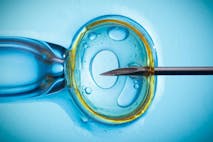
International
Angeline Tan
·
Pop Culture
Cassy Cooke
·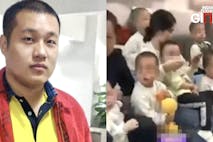
International
Cassy Cooke
·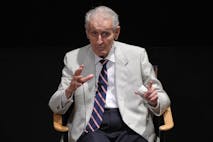
Analysis
Cassy Cooke
·
Pop Culture
Cassy Cooke
·
Politics
Cassy Cooke
·
Politics
Cassy Cooke
·
Pop Culture
Cassy Cooke
·
International
Cassy Cooke
·